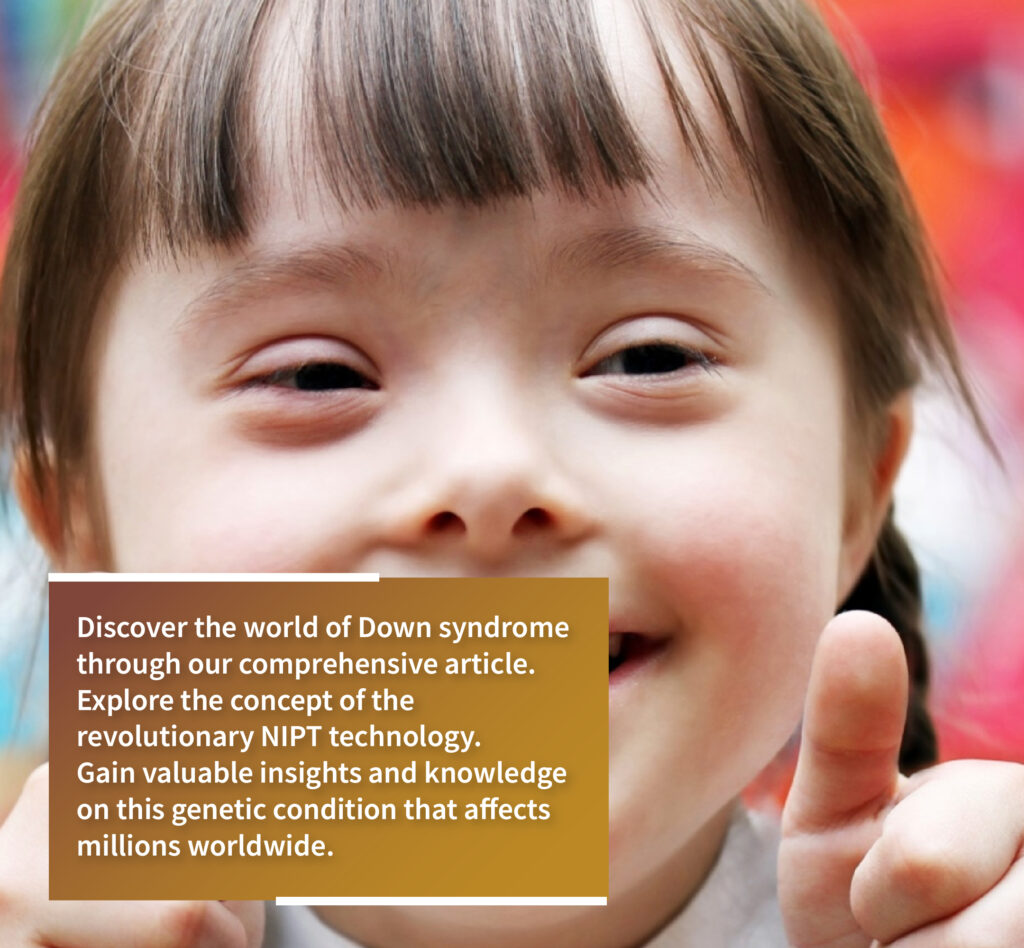
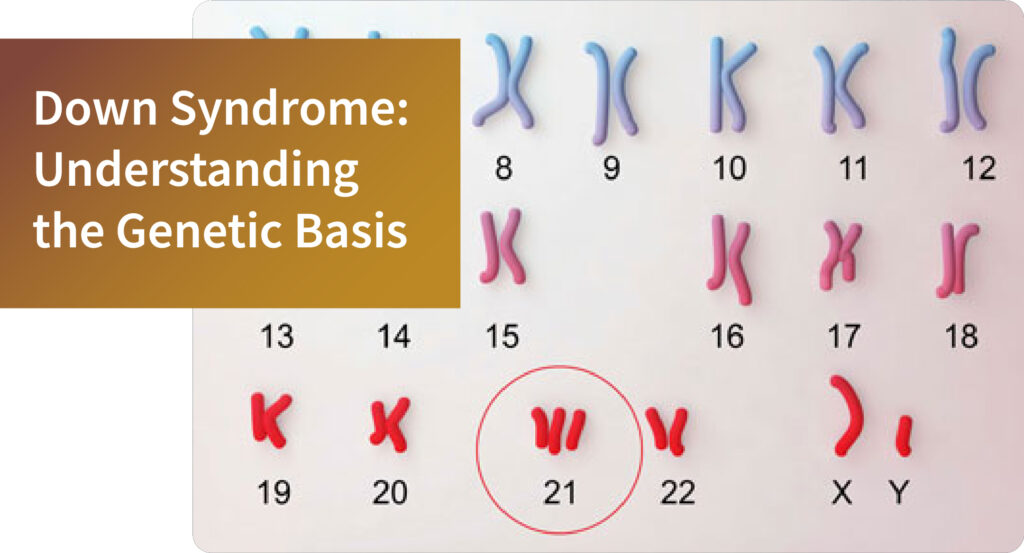
Down syndrome is a genetic disorder caused by an abnormality in the number of chromosomes, particularly an extra copy of chromosome 21. It is the most common chromosomal abnormality, affecting approximately one in every 700 births. This article aims to shed light on the genetic aspects of Down syndrome, discussing genes, chromosomes, DNA, karyotype, and Non-Invasive Prenatal Testing (NIPT) in relation to this condition.
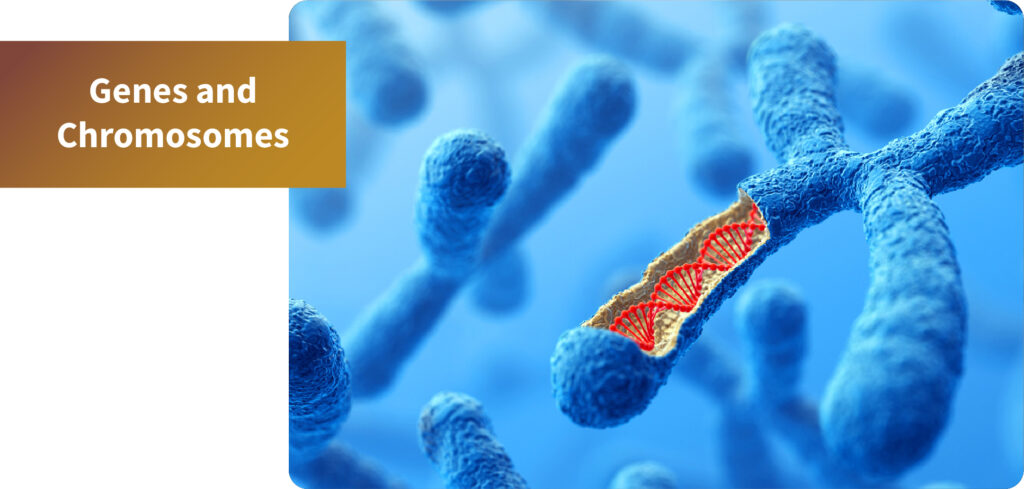
To comprehend Down syndrome, it is crucial to understand the concepts of genes and chromosomes.
Genes are the basic units of heredity, containing instructions for the body’s development, growth, and functioning. They are composed of deoxyribonucleic acid (DNA), the molecule that carries genetic information. Chromosomes, on the other hand, are structures within the cells that house the genes. Humans typically have 46 chromosomes, divided into 23 pairs,Twenty-two pairs of chromosomes, called autosomes, are numbered from 1 to 22. The last pair consists of the sex chromosomes, where males have one X and one Y chromosome, while females have two X chromosomes. In individuals with Down syndrome, there is an extra copy of chromosome 21, resulting in a total of 47 chromosomes instead of 46. This additional genetic material disrupts the normal course of development, leading to the characteristic physical and cognitive features associated with Down syndrome.

To diagnose Down syndrome, a karyotype analysis is often performed. This test involves examining an individual’s chromosomes, usually from a blood sample, to determine if there is an extra copy of chromosome
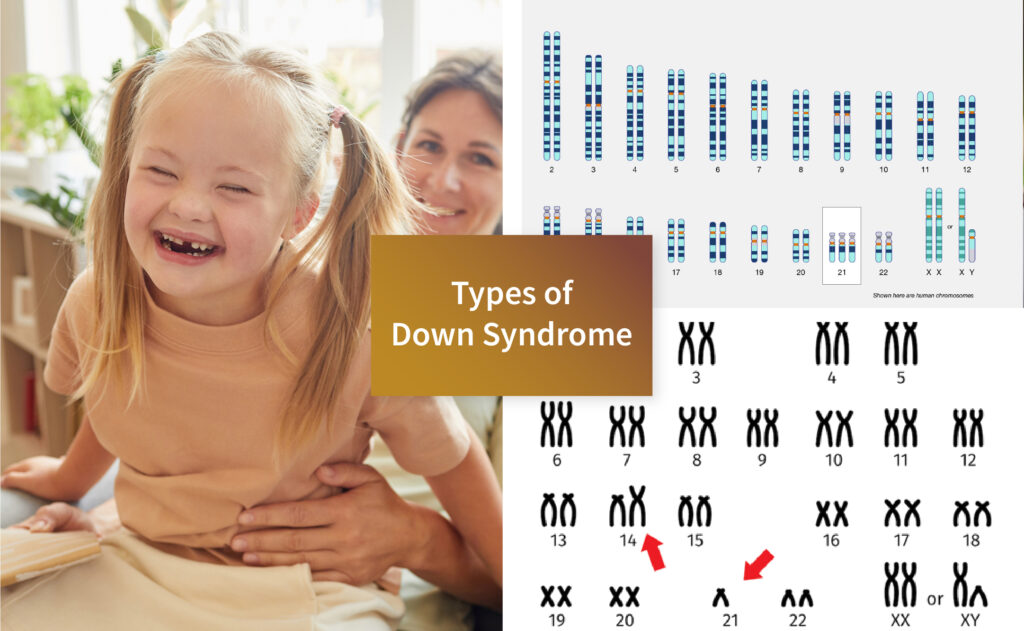

By arranging the chromosomes in pairs, abnormalities can be identified, confirming the presence of Down syndrome. Karyotyping allows for a visual representation of an individual’s complete set of chromosomes. This is the most common form, accounting for approximately 95% of Down syndrome cases. It occurs when there is an extra copy of chromosome 21 in every cell.
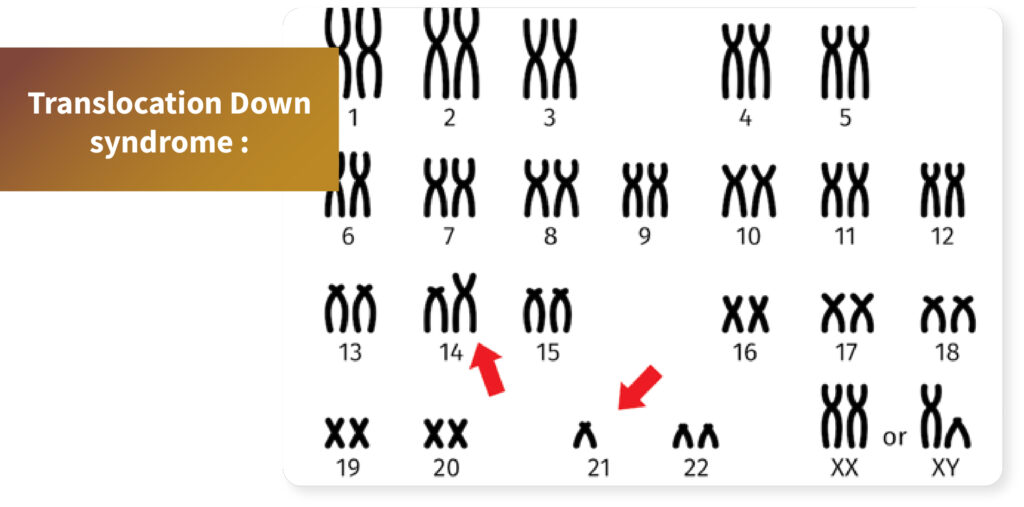
In this type, only a part of chromosome 21 attaches to another chromosome, usually chromosome 14. Translocation Down syndrome can be inherited or occur spontaneously.

This variant arises when there is an extra copy of chromosome 21 in some cells but not all. As a result, individuals with mosaic Down syndrome may exhibit varying degrees of symptoms
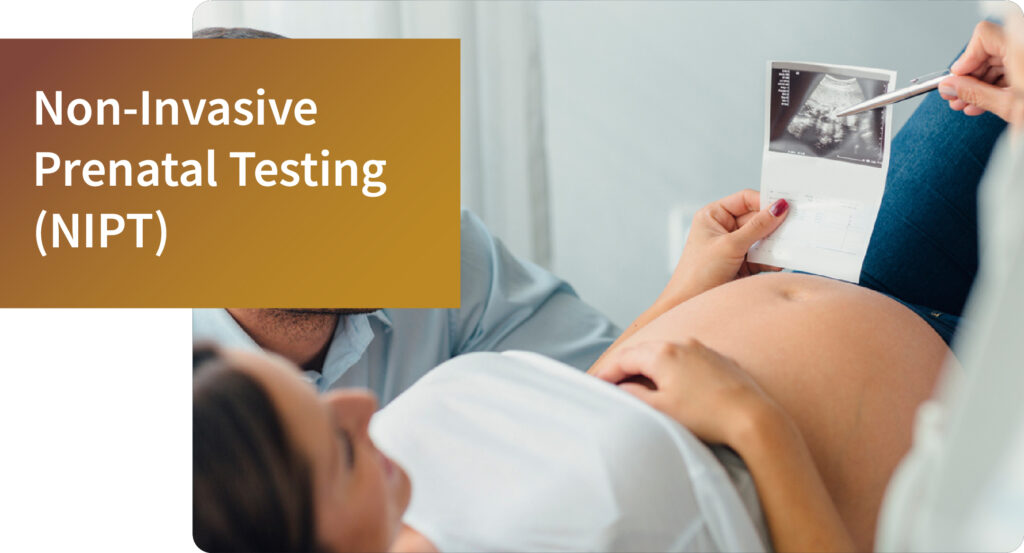
Advancements in genetic testing have paved the way for improved prenatal screening techniques. Non-Invasive Prenatal Testing (NIPT) has emerged as a reliable method to detect chromosomal abnormalities, including Down syndrome, during pregnancy. This test involves analyzing fetal DNA present in the mother’s blood, eliminating the need for invasive procedures like amniocentesis or chorionic villus sampling.

– High Accuracy: NIPT has shown a high degree of accuracy for detecting Down syndrome, with a low false-positive rate compared to traditional screening methods – Early Detection: NIPT can be conducted as early as 10 weeks into pregnancy, providing expectant parents with timely information – Non-Invasive: As the name suggests, NIPT is non-invasive, posing minimal risk to both the mother and fetus.

– False Positives: While NIPT has a low false-positive rate, it is not 100% accurate. A positive result should be followed by confirmatory diagnostic testing – Limited Scope: NIPT primarily focuses on detecting common chromosomal abnormalities and may not provide information on other genetic conditions.

Down syndrome is a genetic disorder characterized by an extra copy of chromosome 21. Understanding the role of genes, chromosomes, DNA, karyotype analysis, and Non-Invasive Prenatal Testing (NIPT) is crucial in comprehending this condition. By advancing our knowledge of the genetic basis of Down syndrome, we can improve screening techniques, developmental interventions, and provide effective support for individuals with this disorder.


